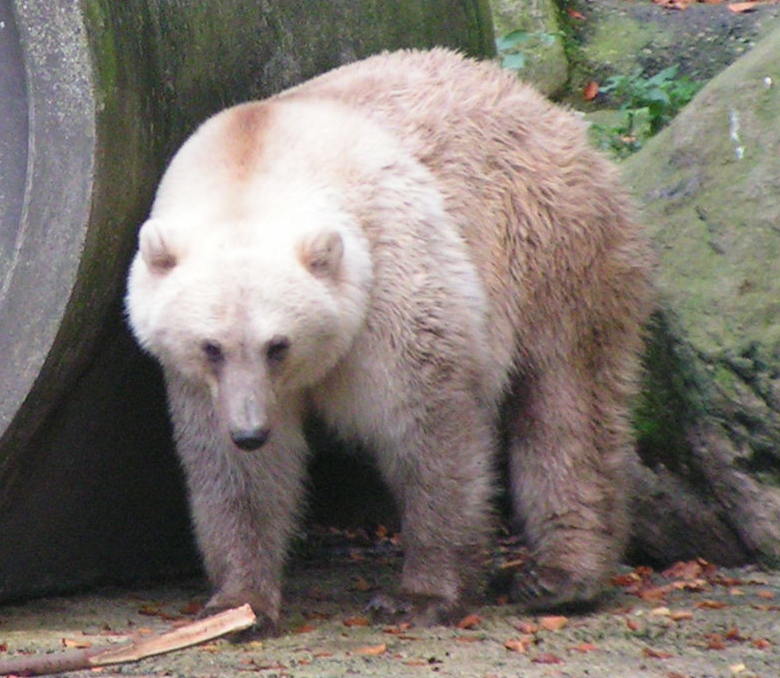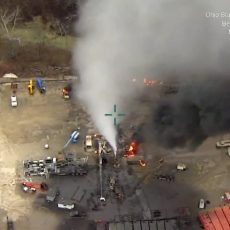
It’s almost Halloween, the spookiest time of the year, complete with ghosts and goblins, witches and black cats, scary stories and… climate change? Most of us have at least some small knowledge of the increasing effects of climate change on our planet—increased global temperatures, warming seas, rising seas, melting ice caps, bleaching corals, biodiversity loss, fires, floods, and more. There are, however, some spookier anomalies taking place around the world–so many, in fact, our first article on the subject just screamed for a second.
Zombie Fires
We have zombie storms now, so why not zombie fires? Zombie fires, also known as hold-over fires, occur when a fire from a previous year smolders underground in carbon-rich peat (which is an organic fuel) through the winter, then re-ignites on the surface as the weather warms and the ground thaws in the spring. This double-header of burning peat and burning vegetation released record amounts of CO2 from the Arctic tundra into the atmosphere just this past summer–a part of the Earth not well-known for available fuel sources or fire. But as climate change rewrites the forecast for our planet, zombie fires may well become the norm. The partially decayed organic composition of peat adds an extra undead dimension as the fires release not only CO2, but also methane from the peat, further contributing to the warming of the planet.
Scientists are also finding what was once fire-resistant vegetation simply isn’t any more. As climate change creates warmer temperatures in the Arctic (and globally, really), the hotter and drier conditions are causing plants like dwarf shrubs, grass, moss, and even surface peat to act as fuel. Traditionally wetter landscapes like bogs and fens marshes are also becoming vulnerable to burning.
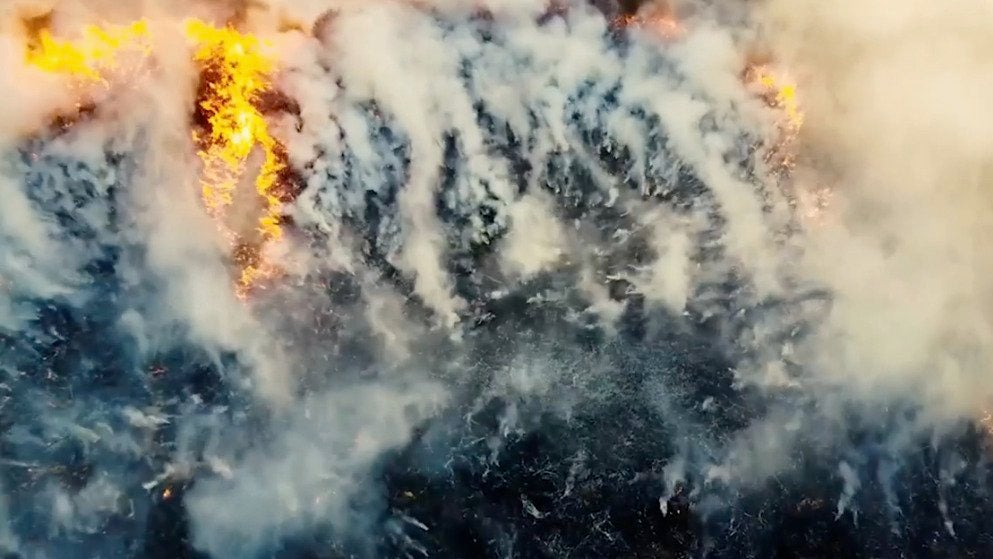
Exploding Lakes
What the what, now? A limnic eruption, also known as a lake overturn, is a type of natural disaster in which dissolved carbon dioxide suddenly erupts from deep lake waters, forming a gas cloud capable of suffocating wildlife, livestock, and humans. A limnic eruption may also cause tsunamis as the rising CO2 displaces water. In 1986 at Lake Nyos in Cameroon, an eruption occurred that released over 80 million cubic meters of CO2,, and killed approximately 1,700 people and 3,500 livestock by asphyxiation. These eruptions are considered rare because in order for them to occur, a lake must be nearly saturated with gas–CO2 and/or methane–and then there must be a trigger event i.e. seismic, volcanic, or even weather-related. In the case of Lake Nyos, the trigger is thought to have been landslides.
About 1400 miles southeast of Nyos lies another lake with similar strange properties. Lake Kivu is 55 miles (89km) long, 30 miles (48km) across at its widest point and more than twice as deep as Nyos. Because of its size, Kivu “has the potential for a major, catastrophic limnic eruption where many cubic miles of gas would be released”. And with 2 million people living in the vicinity of the lake, the human toll could be devastating.
How does climate change come into play? At least one past eruption at Lake Kivu appears to have been caused by drought that evaporated enough water from the top of the lake to reduce the pressure at the lower levels and release the dissolved gases. Lowered water levels during dry periods could also leave Kivu more vulnerable to disruption from particularly heavy rain. So, as the planet warms, the chances of that same sequence of events occurring may go up, especially as scientists predict the ramifications of climate change on East Africa to include more extreme rain with longer periods of drought in between.
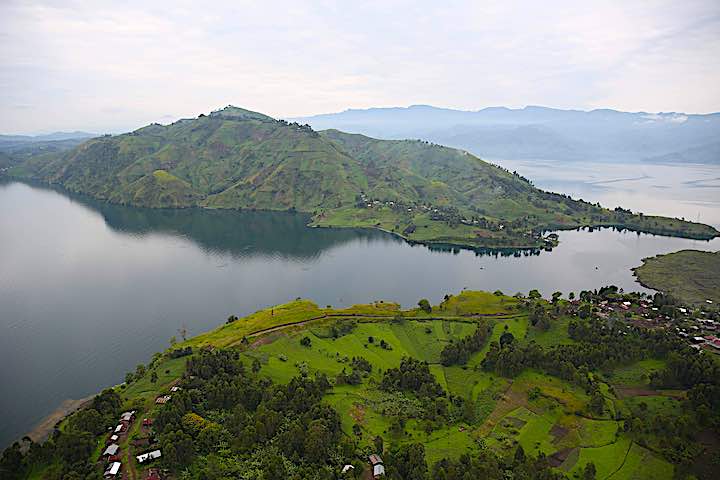
Franken-Animals
Technically, there are no mad scientists involved in this one, merely the insanity of anthropogenic effects on climate and biodiversity. Coywolves, pizzly bears, and narlugas, oh my! So… what’s happening here? As humans develop and expand our habitats into the wild habitats of other creatures, and climate change warms our planet, species are being pushed into new ecosystems and are encountering other species they would not have in the past. This is where polar bears and grizzlies are meeting to make pizzly or grolar bears. Similar encounters are playing out around our planet, including in our oceans where the beluga whales and narwhals have mated to produce the narluga. According to Michael Arnold, a professor of genetics at the University of Georgia, “Genetic exchange due to organisms coming together from climate change is the rule rather than the exception.”
This begs the question, though, is this actually a problem? All life on Earth evolved from previous other life. Animals have been interbreeding for millennia, including we humans. Remember the Neanderthals, anyone? But the answer is not simple. If these animals are coming together because of human activity, it can be said that the resulting hybrid offspring are not the natural course and evolution of these species–which ultimately, will face extinction. The planet is losing biodiversity at an alarming rate, and the hybridization of species is one cause. Do we therefore, then, act to attempt to prevent such pairings? Will reversing our climate change crash course sort this out on its own? Seems yet another good reason to try!
Plagues of Locusts
You may have missed this in the barrage of catastrophes of the last year, but starting in December of 2019, Kenya was struck by the worst locust swarms the country has seen in 70 years, and the fear is that future swarms will be ruinous. In fact, if predictions bear out, the United Nations Food and Agriculture Organization says desert locusts can pose a threat to the livelihoods of 10% of the world’s population. What is a locust anyway? Locusts are a type of grasshopper that has a “swarming” phase. “Swarms form when locusts’ numbers increase and they become crowded. This causes a switch from a relatively harmless solitary phase, to a gregarious, sociable phase. In this phase, the insects are able to multiply 20-fold in three months and reach densities of 80 million per square kilometre. Each can consume 2g of vegetation every day – combined, a swarm of 80 million can consume food equivalent to that eaten by 35,000 people a day.”
Since, December 2019, locusts swarms have devoured swathes across dozens of countries including Ethiopia, Uganda, Somalia, Eritrea, India, Pakistan, Iran, Yemen, Oman and Saudi Arabia.Think tens of billions of flying insects. Hungry flying insects. When this many areas are affected, a swarm of locusts becomes a plague.
What’s the climate connection? According to the UN Environment Programme, “The last five years have been hotter than any other since the industrial revolution and since 2009. Studies have linked a hotter climate to more damaging locust swarms, leaving Africa disproportionately affected—20 of the fastest warming countries globally are in Africa. Wet weather also favours multiplication of locusts. Widespread, above average rain that pounded the Horn of Africa from October to December 2019 were up to 400 per cent above normal rainfall amount. These abnormal rains were caused by the Indian Ocean dipole, a phenomenon accentuated by climate change.”

And the Waters Became Blood
Let’s close out our Halloween climate change frightfest with the waters turning to blood. Ok, not literal blood, but the red tides of algal blooms give a fair impression. “Harmful algal blooms, or HABs, occur when colonies of algae—simple plants that live in the sea and freshwater—grow out of control while producing toxic or harmful effects on people, fish, shellfish, marine mammals, and birds. The human illnesses caused by HABs, though rare, can be debilitating or even fatal,” according to NOAA. Red tides usually occur in the warmer summer months or when water temperatures are higher than usual. Say when climate change is making our little planet hotter, perhaps? Additional outcomes of climate change create the ideal conditions for certain toxic algae including changes in water salinity caused by drought, higher carbon dioxide levels in the air and water, changes in rainfall, sea level rise, and coastal upwelling (which is when winds push water offshore and deep water moves towards the coast, bringing nutrients from the ocean floor to the surface. Too many nutrients might lead to more HABs).
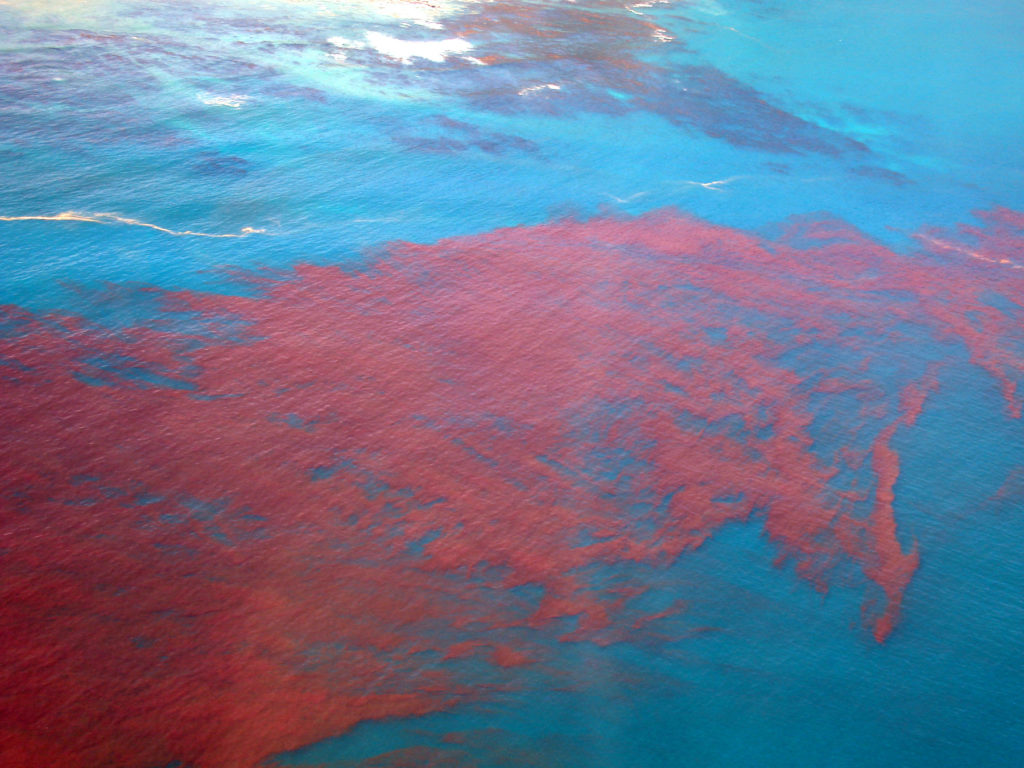
Rising from the Dead
While we’ve taken a seasonal and somewhat lighthearted approach to these mysterious and uncanny effects of climate change, the truth is climate change is anything but seasonal and no laughing matter. The warming of our planet is going to have disastrous effects on our environment and all of its inhabitants. We can choose to employ all of our human ingenuity and creativity towards developing solutions, or we can watch ourselves become the true living dead.

